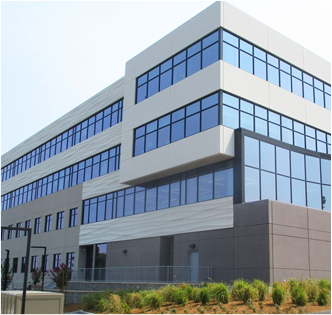- Industrial zone, South of Anping Town, Hengshui, Hebei, China.
- sales@hfpetromesh.com
- +86-18931809706
Innovative Designs and Benefits of Walkway Grates for Enhanced Safety and Aesthetic Appeal
The Importance of Walkway Grates Functionality Meets Aesthetics
Walkway grates, although often overlooked, play a crucial role in urban infrastructure. These metal grids or covers not only serve practical purposes but also contribute to the aesthetic appeal of public spaces. From parks and sidewalks to urban plazas, walkway grates facilitate drainage, enhance safety, and promote the overall functionality of pedestrian pathways.
One of the primary functions of walkway grates is to manage surface water. In urban environments, rainwater can lead to significant puddling, creating hazardous conditions for pedestrians. Walkway grates are designed to allow water to drain efficiently into the stormwater system, reducing the risk of flooding and eliminating slippery surfaces. This drainage is essential not only for safety but also for the longevity of the walkway materials, preventing water from damaging underlying structures.
In addition to their drainage capabilities, walkway grates also enhance pedestrian safety. Well-designed grates provide a sturdy, stable surface for individuals walking through public areas. They prevent tripping hazards by laying flush with the surrounding walkway materials. Moreover, grates can also serve as a visual cue for pedestrians, helping to direct foot traffic and delineate walkways from landscaping or other features. In high-traffic areas, this becomes especially important in maintaining order and safety.
The installation of walkway grates can also be seen as an opportunity to improve the aesthetic quality of urban spaces
. Designing grates that complement the surrounding architecture and landscapes can enhance the overall ambiance of a location. Manufacturers now offer a variety of styles, colors, and materials for walkway grates, allowing city planners and architects to choose options that harmonize with their vision. Decorative grates featuring artistic designs or patterns can turn a simple drainage cover into a piece of public art, adding character to city streets.walkway grates

Environmental considerations are becoming increasingly essential in the design of urban infrastructure, including walkway grates. Eco-friendly materials and permeable designs are being incorporated to further improve the sustainability of urban spaces. For instance, some grates allow for the infiltration of rainwater, promoting groundwater recharge and minimizing runoff. This approach not only addresses drainage issues but also contributes to healthier urban ecosystems.
Furthermore, walkway grates can serve practical purposes beyond drainage. They can house utilities such as power lines, telecommunications, and plumbing. This design allows essential infrastructure to be unobtrusive while maximizing the available surface area for pedestrian use. However, it is crucial that such multifunctional grates are designed with safety and accessibility in mind to prevent accidents or obstructions for individuals with disabilities.
As cities continue to evolve and expand, the importance of walkway grates will remain prominent. They are integral to creating safe, functional, and visually appealing pedestrian environments. Innovative design and the incorporation of sustainable practices will ensure that walkway grates continue to meet the needs of urban dwellers while adapting to changing contexts.
In conclusion, walkway grates are far more than mere utilitarian structures; they are essential components of urban planning that enhance safety, manage drainage, and add aesthetic value. As cities strive for greater sustainability and livability, the thoughtful integration of walkway grates will undoubtedly play a pivotal role in shaping our public spaces for generations to come. Whether viewed as practical elements or artistic features, walkway grates exemplify the intersection of functionality and design in today’s urban environments.
-
The Power of Pyramid Shaker Screen - A 3-Dimensional SolutionNewsOct.24,2024
-
Exploring the Versatility and Durability of Steel GratingNewsOct.24,2024
-
Revolutionizing Drilling Efficiency with Steel Frame Shaker Screens for Mud Shale ShakersNewsOct.24,2024
-
Potential of Shale Shaker ScreensNewsOct.24,2024
-
Offshore Pipeline Counterweight Welded Mesh - Reinforced Mesh in Marine EngineeringNewsOct.24,2024
-
Revolutionizing Offshore Pipeline Stability with Concrete Weight Coating MeshNewsOct.24,2024
